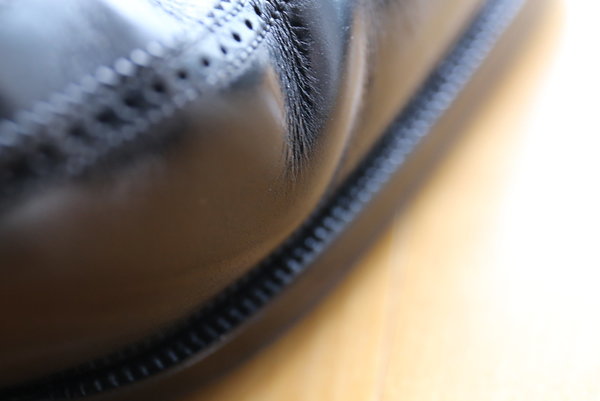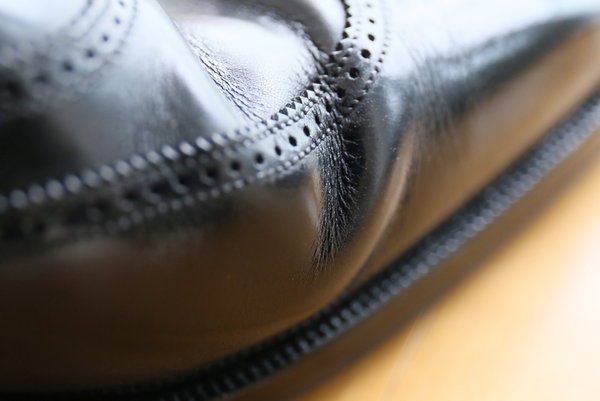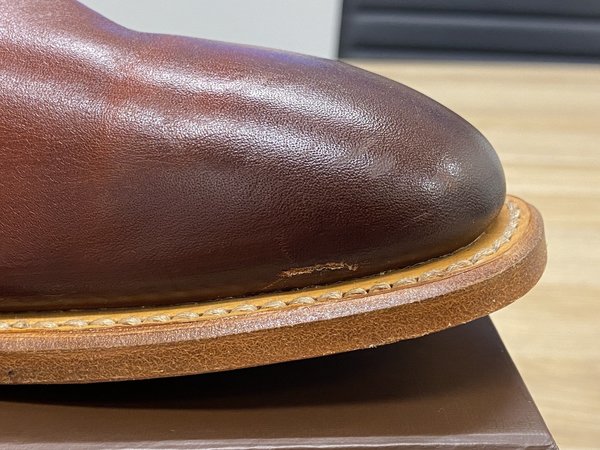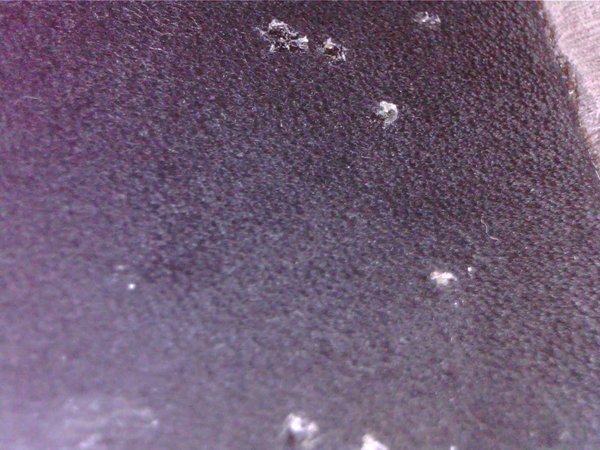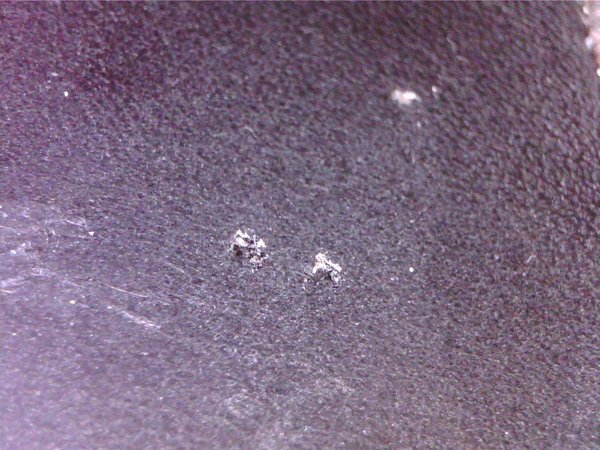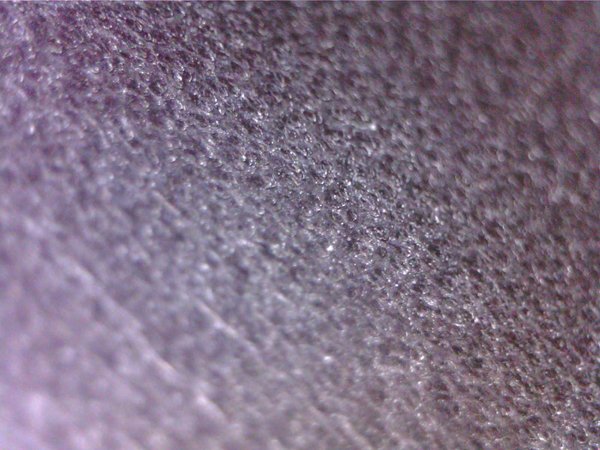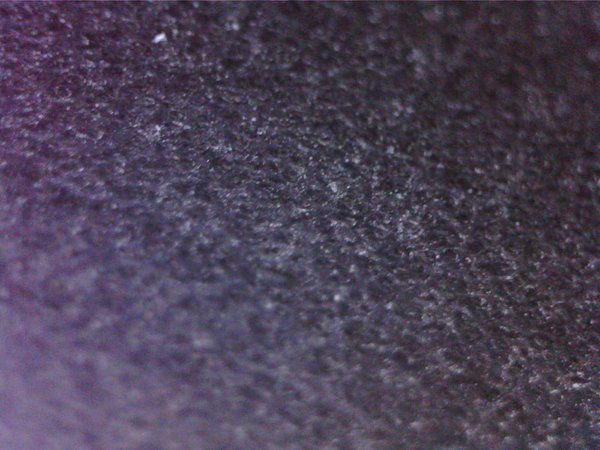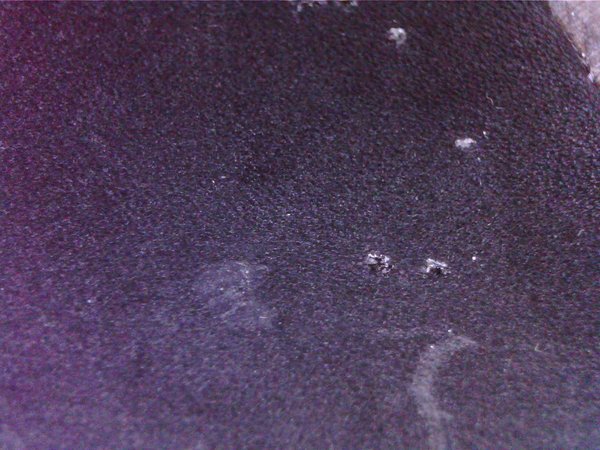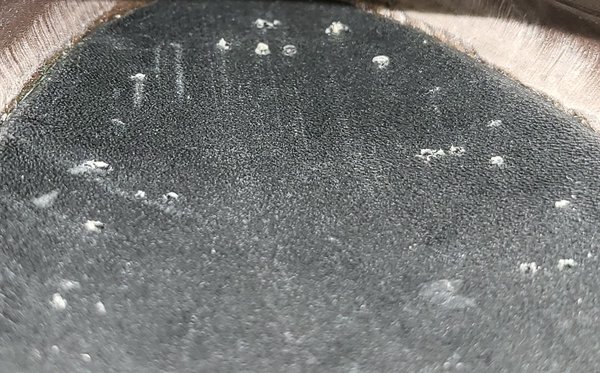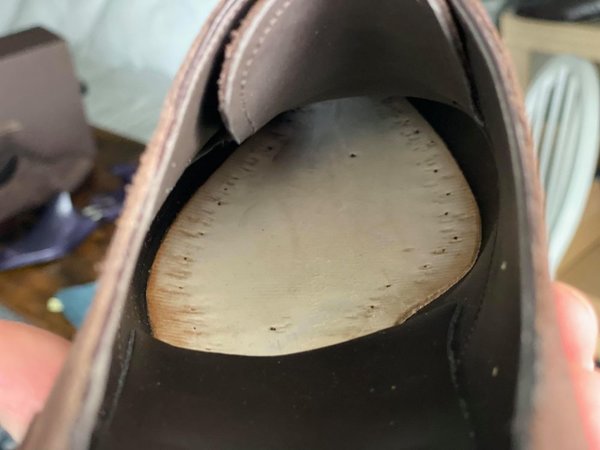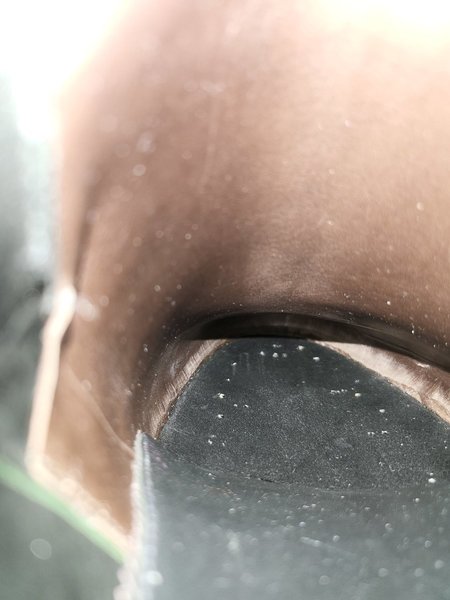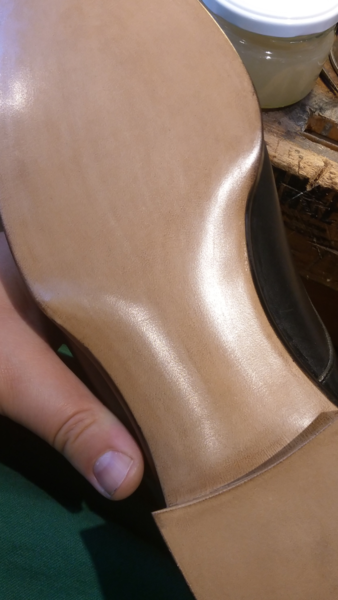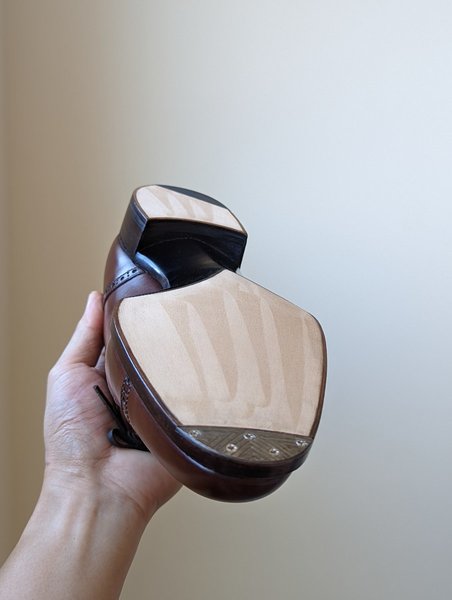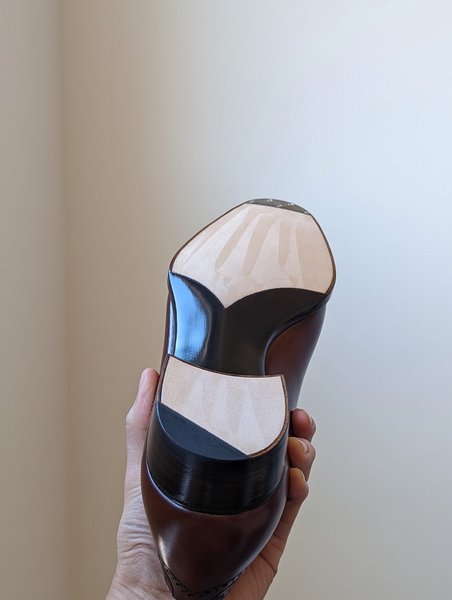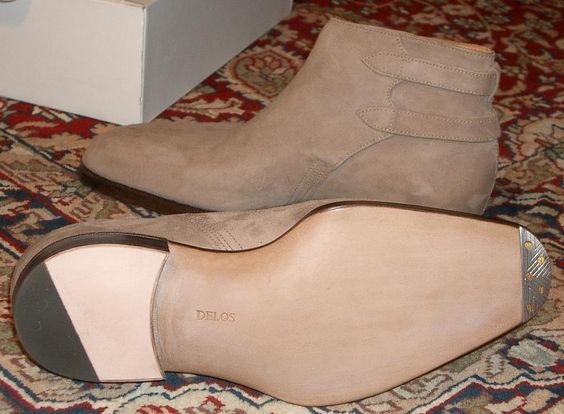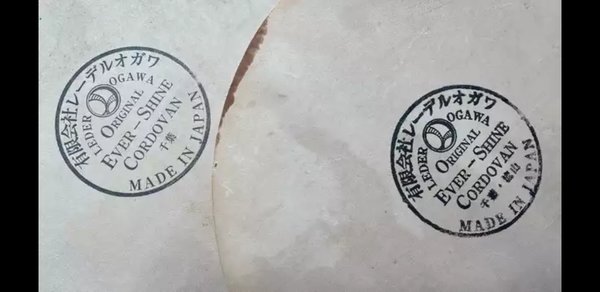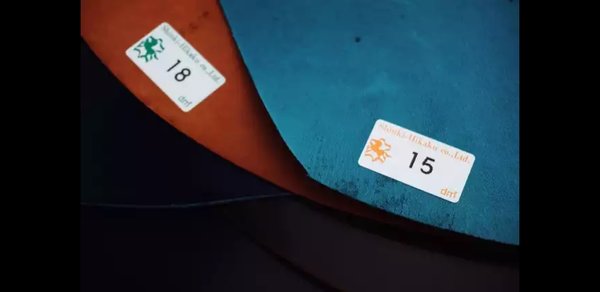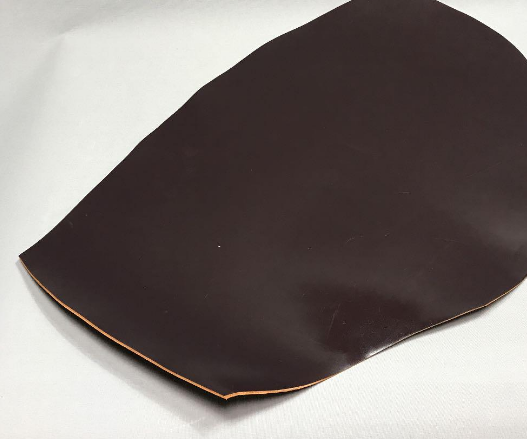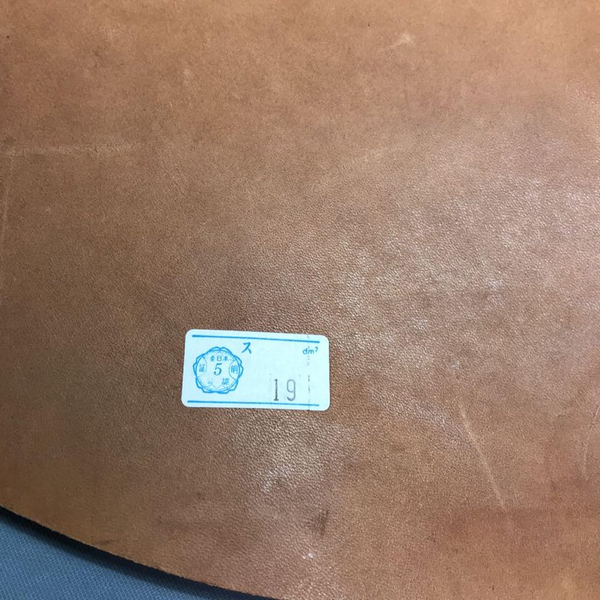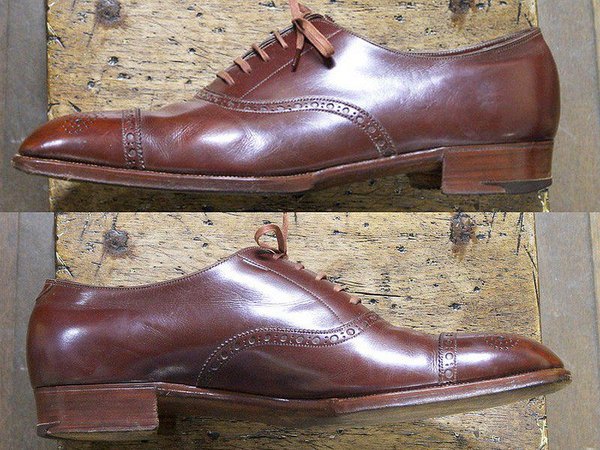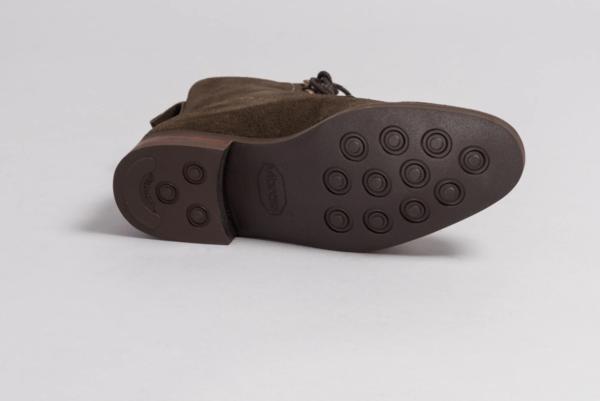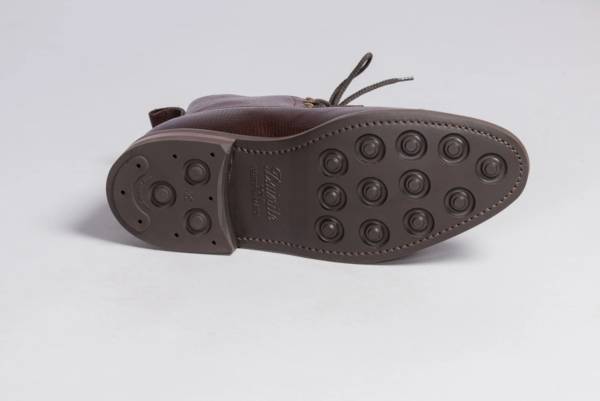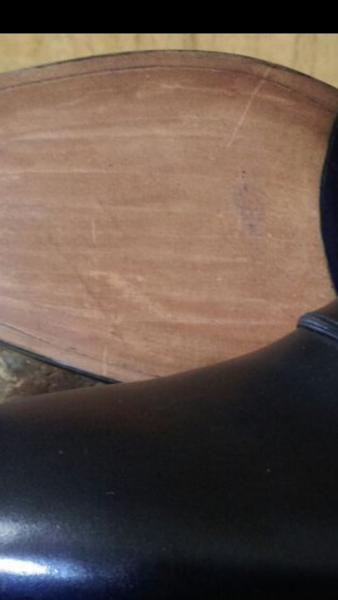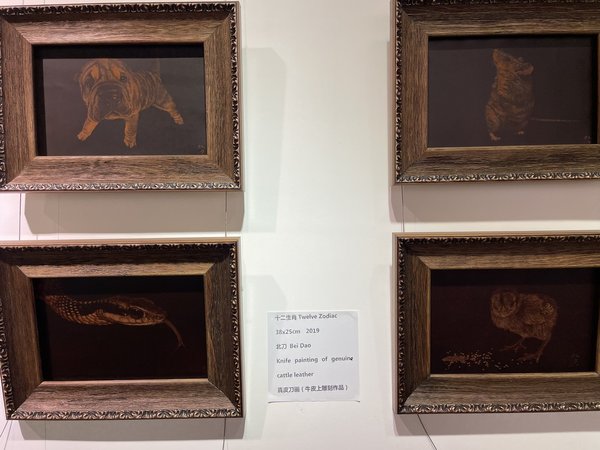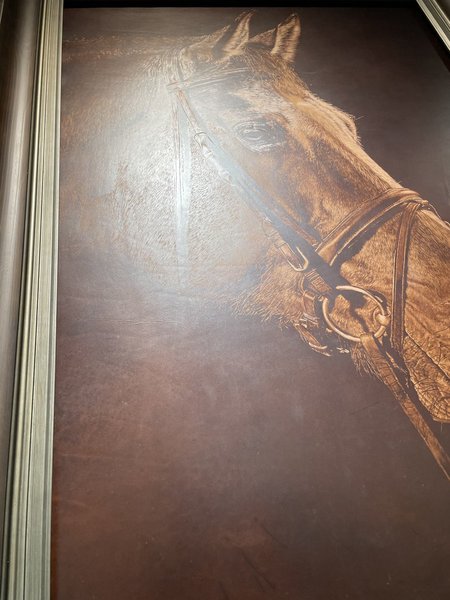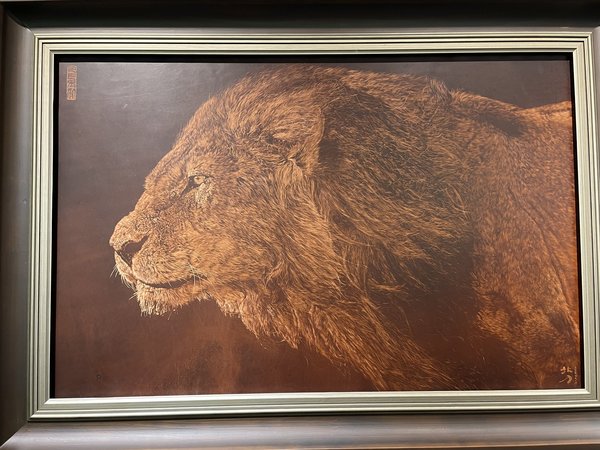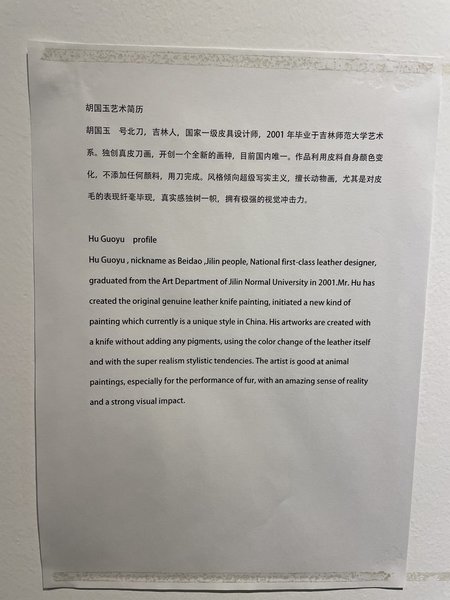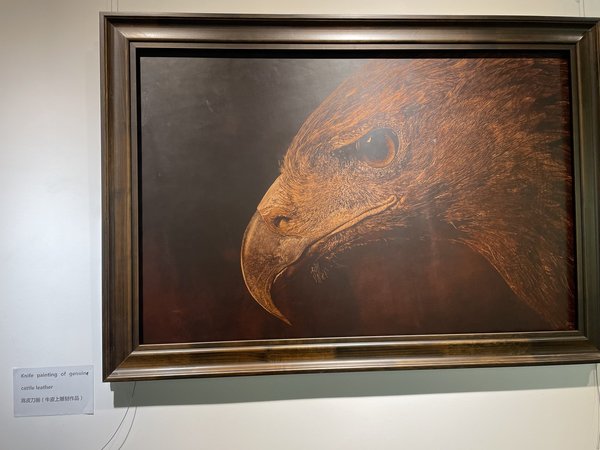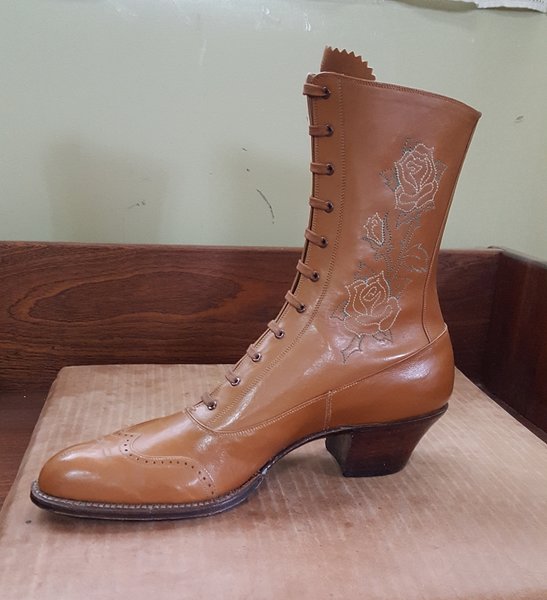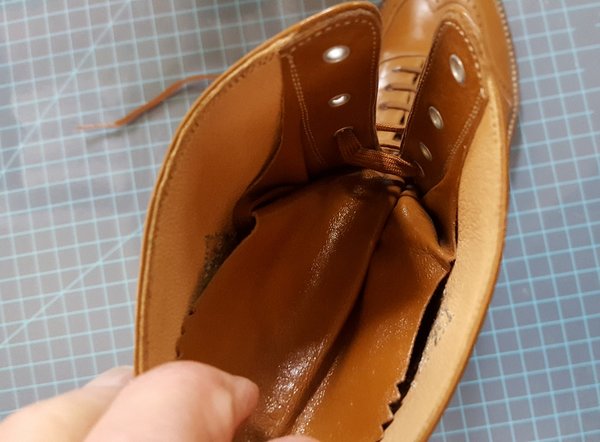- Joined
- Jan 8, 2008
- Messages
- 10,132
- Reaction score
- 5,714
Not much there that is Traditional...except superficially.
(http://www.styleforum.net/t/412909/...aditions-these-foolish-things/45#post_7475634 illustrations at end of post)
--
It is the hand-sewn equivalent of a machine-sewn lockstitch. The awl has a notch in it (akin to what is called, I believe, a jerk needle) that catches the outside thread and pulls it to the inside of the holdfast. The inside thread is then put through the resulting loop, and then the threads are tightened. This is not the same as a traditional shoemakers stitch, in which the two threads alternate going in and out of awl holes through the holdfast/upper/welt. On this pictured stitch, one thread is always on the inside and the other is always on the outside, but they are looped/locked in the middle of the holdfast. Alas, if one thread breaks, that stitch gives way. In a traditional stitch, if only one thread breaks the stitch will still hold.
Not much there that is Traditional...except superficially.
(http://www.styleforum.net/t/412909/...aditions-these-foolish-things/45#post_7475634 illustrations at end of post)
--
Last edited:



![Fing02[1] :fonz: :fonz:](/styleforum_ads/smilies/fing02[1].gif)



